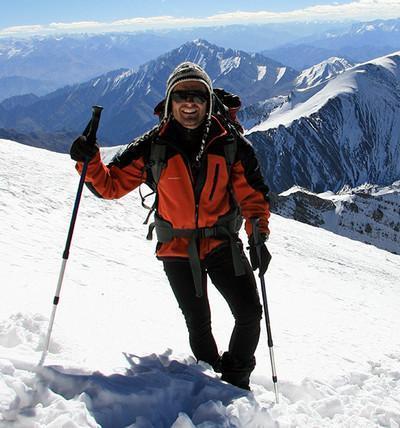If you are going to purchase a snowboard for your kids, it is important to make sure that you are getting the best board for them. You need to make sure that you buy a board that is not too big and that will grow with your child. This will help them stay safe.
Helmets are a Must Have for Kids
If you are looking for a helmet for your child, it is best to look for safety and comfort. Kids' helmets are available in a variety of designs. Some feature adjustable venting to keep them comfortable.
It is important to remember that kids' helmets need to be fitted properly. This will ensure that the helmet stays in place during a fall. A good fit also helps to prevent pressure points on the child's head.
A helmet should be fitted low on the forehead and not too tight. Several manufacturers have added features like an adjustable dial or sizing pads to help fine tune the fit. Using these adjustments can help accommodate your child's growing head.
Most ski helmets feature a full or half shell design. The outer shell is typically made of ABS high-impact plastic. An inner lining is often expanded polystyrene foam. These materials are designed to absorb impact and improve the lightness of the helmet.
Boards With Room to Grow
There are many factors to consider when putting together a kid's snowboarding checklist. One must include the best board design, the best suited snow conditions, a proper helmet and sassy attire. The aforementioned aforementioned attributes will have your little snowboarder slaying the mountains in no time. It's not all doom and gloom though, as in the right conditions your child's snowboarding escapades are bound to be fun, frolicsome and rewarding. This is why a well thought out snowboarding itinerary is the secret to a happy and healthy kid. Luckily for parents there are a few companies in the business to help out.
Wrist Guards
A good pair of snowboard wrist guards is essential for protecting the wrists. They are made of plastic-like material and have adjustable straps. While they are effective, they are not as sturdy as other models.
Some studies have shown that a pair of wrist guards can reduce the risk of injury. The wrist guards also provide an added bonus of allowing for better control during snowboarding.
For example, they can help protect the joint and ligaments of the wrist, and they are designed to prevent the weight of the hand from pushing into the ground. Wrist injuries are common and can be painful.
When choosing a pair of wrist guards, you'll want to consider the materials used and the design of the guard. If you're looking for a more sturdier model, try to find one that is made from Neoprene or ABS plastic.
Calculate the Right Size for Your Child's Snowboard
A good way to determine the right size snowboard for your child is to consider their height and weight. This is one of the most important aspects of getting the right board for your kid. If your child is outside the recommended range, the enjoyment of the ride will be limited.
It's also important to consider how your child will use the board. Some kids might prefer longer boards, while others may be more comfortable with a shorter, more maneuverable board.
The right type of snowboard for your child will depend on several factors, such as snow conditions, his or her age, and skill level. Using a snowboard sizing chart is a great way to narrow down the options.
Another useful sizing guide is a true twin shape. These boards are symmetrical from front to back, allowing the child to switch between tricks and styles with ease.
Proper Gear is Essential to Teach Kids to Snowboard
Buying the right gear is the key to teaching kids to snowboard. This will ensure they have a fun and safe experience on the slopes. It will also help them develop a love for winter sports.
One of the first things to buy are warm boots. These are important since kids spend a lot of time on the snow. If their feet are not cold, they will be able to stay out longer. Make sure they have two pairs of socks and a helmet.
Next, they need to learn how to ride an edge. There are several techniques for this. Using the back foot, they should push off the back part of the board.
Another technique is to use the toes of the board. Once they are on an edge, they can practice turning the board toeside and heelside.





